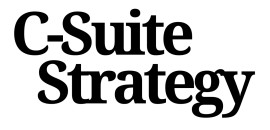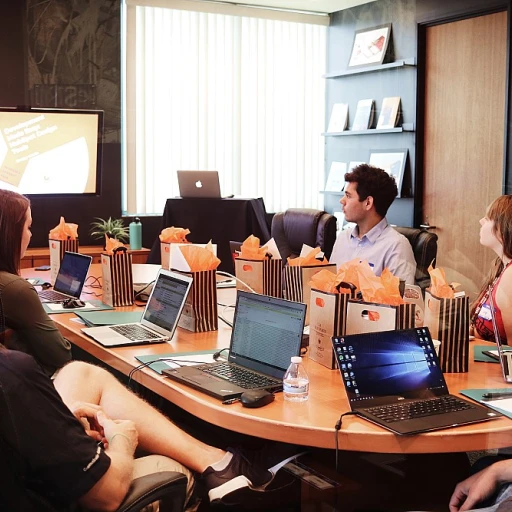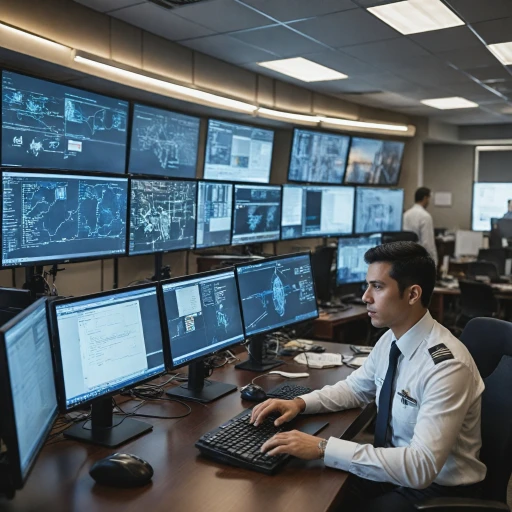Understanding the Integrated Leadership System
Decoding the Dynamics of an ILS
To strategically thrive within today's ever-evolving corporate landscape, it is vital to comprehend the nuanced dynamics of an Integrated Leadership System (ILS). At its core, an ILS amalgamates various leadership elements to create a cohesive and dynamic framework that significantly enhances organizational capabilities. An ILS represents a convergence of leadership skills, systems thinking, and strategic foresight. This comprehensive approach enriches the leadership levels of an organization, ensuring that internal and external stakeholders cohesively work towards shared objectives. Integrating these aspects not only fosters change and continuous improvement but also cultivates an environment conducive to collaborative leadership. Standards within an ILS, like those guided by the Australian Public Service Commission in the public sector, emphasize leadership development through capability frameworks. These frameworks delineate the specific leadership capabilities required across different levels, from nascent leaders to seasoned executives. Such a system promotes consistent development and ensures that leaders are equipped with the skills necessary to navigate complex challenges. As organizations embrace ILS methodologies, it is crucial to recognize how this integrated approach aligns leadership with business objectives, ultimately driving strategic success. To dive deeper into these dynamics and harness the power of leadership systems, explore the insights detailed in the blog post on leader of leaders for c-suite strategy.Aligning Leadership with Business Objectives
Harmonizing Leadership Styles with Strategic Intent
Aligning leadership with business objectives transcends mere managerial tasks and involves orchestrating an integrated leadership system customized for evolving organizational demands. In the context of developing leadership capabilities, aligning the leadership level with strategic goals is essential to ensure that all leaders work cohesively towards enhancing business success. The development of leadership skills begins with establishing a shared vision from the top-down. Leaders must cultivate capabilities that align with the organization's mission, enabling them to act as catalysts for strategic change. An integrated approach to leadership development includes fostering a culture where continuous learning and strategic thinking are paramount. For organizations like the Australian Public Service (APS), implementing an Integrated Leadership System (ILS) can serve as the cornerstone for aligning leadership with business outcomes. This system addresses the diverse capabilities required across various levels of leadership, ensuring leaders possess the skills to manage change effectively and work collaboratively. The APS and similar public sector organizations can benefit from adopting a capability framework to solidify these alignments. Such frameworks not only bolster individual development but also reinforce collective leadership skills tailored to address internal and external challenges. To learn more about enhancing leadership capabilities for strategic business success, explore our insights on enhancing C-suite leadership. Moreover, the engagement of stakeholders, both internal and with clients or the public, underscores the adaptability of leadership systems. By integrating leadership styles with overarching business objectives, organizations can harness the full potential of their leaders, ensuring strategic coherence and advancing organizational goals.Building a Culture of Collaborative Leadership
Fostering a Collaborative Leadership Culture
In the journey toward strategic success, building a culture of collaborative leadership is paramount. Establishing such a culture means empowering leaders at every level to engage and work cohesively towards shared business objectives. This shift requires an intentional focus on leadership development that prioritizes strategic thinking and adaptability.
To cultivate an environment where an integrated leadership system (ILS) thrives, organizations must foster a culture that values open communication and mutual respect. Encouraging dialogue among colleagues and stakeholders both internally and externally helps break down silos, optimizing the capabilities of each leader within the team. By tapping into diverse perspectives and harnessing collective skills, businesses can drive innovative solutions and maintain a competitive edge.
The Australian Public Service (APS) offers an example of integrating collaborative approaches in leadership systems. Through their capability framework, the APS declares the necessity for leaders to develop well-rounded leadership skills that align with public service objectives. Embracing directions from entities like the APS integrated leadership capabilities provides a comprehensive guideline for fostering leadership talents that meet both current and evolving demands.
Moreover, the role of management is to ensure that capable leaders can flourish within an interconnected framework. This includes reinforcing the importance of continuous learning and leadership development programs, essential in honing the capabilities required for sustained success in today's fast-paced environment. Investing in these development initiatives equips leaders with the tools they need to effectively navigate change and maintain robust internal and external relationships.
By creating supportive systems where leaders can learn from one another and the collective knowledge within the organization, businesses can better align their leadership strategies with overarching objectives. For a comprehensive understanding of strategic leadership approaches, you may find this strategic guide for c-suite executives insightful.
Leveraging Technology for Leadership Integration
Utilizing Digital Tools to Strengthen Leadership Alignment
In today's evolving business landscape, leveraging technology plays a critical role in fostering an integrated leadership system. Technology empowers leaders with efficient tools to enhance strategic thinking and alignment across different levels of management, further enabling collaboration and skill development.
Integrating technology into leadership systems allows for the collection and analysis of data needed to assess leadership capabilities and performance. This is especially prevalent within the public sector, where organizations like the Australian Public Service (APS) prioritize leadership APS integration to maintain high leadership standards.
To develop a robust leadership capability framework, utilizing management systems that incorporate advanced analytics and communication tools is vital. These systems provide real-time feedback, helping leaders and stakeholders navigate change efficiently. By harnessing such technology, you can strengthen leadership capabilities, ensuring that leaders are equipped to meet the public service commission requirements both internally and externally.
Moreover, these digital tools support ongoing leadership learning and development. They allow for customizable learning paths tailored to individual leadership skills, facilitating the growth of future-ready leaders who are adept in both strategic and operational aspects. The benefits of ensuring a cohesive leadership system through technology cannot be overstated as it lays the foundation for sustained organizational success.
Measuring the Impact of Integrated Leadership
Evaluating Leadership Integration Impact
To truly embrace an integrated leadership system, it is vital to implement thorough measures for impact assessment. This means defining clear metrics that align with the business objectives, which will allow leadership effectiveness to be quantitatively and qualitatively evaluated. By doing so, organizations can provide tangible evidence of how leadership strategies support strategic success.
Using a robust capability framework can offer valuable insights into the development and progression of leadership capabilities within the organization. Monitoring leadership capability at individual and collective levels enables a comprehensive understanding of how recent changes are influencing the overall strategic landscape.
Regular feedback loops and open communication channels with colleagues, stakeholders, and clients are essential. Building a collaborative atmosphere fosters transparency and ensures that internal and external entities are adequately considered. Public sector organizations, such as those in the Australian Public Service, have shown how leadership systems focused on stakeholder engagement can drive positive outcomes.
- Leadership Skills Development: Regular assessments and learning modules for leaders can ensure continuous improvement, adapting to growing challenges and change.
- Strategic Thinking: Evaluating strategic thinking capabilities and the way leaders implement strategic initiatives assesses how the entire leadership system aligns with corporate goals.
- Change Readiness: Leaders should be prepared for dynamic shifts; integrating tools to measure adaptability within the leadership system can be pivotal.
Ultimately, the impact must reflect the strategic aspirations of the business. With an emphasis on measuring impact, organizations can harness their integrated leadership systems to not only meet current expectations but to proactively drive greater success in a constantly evolving environment.














